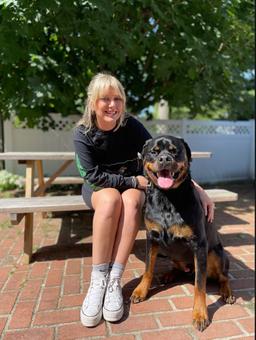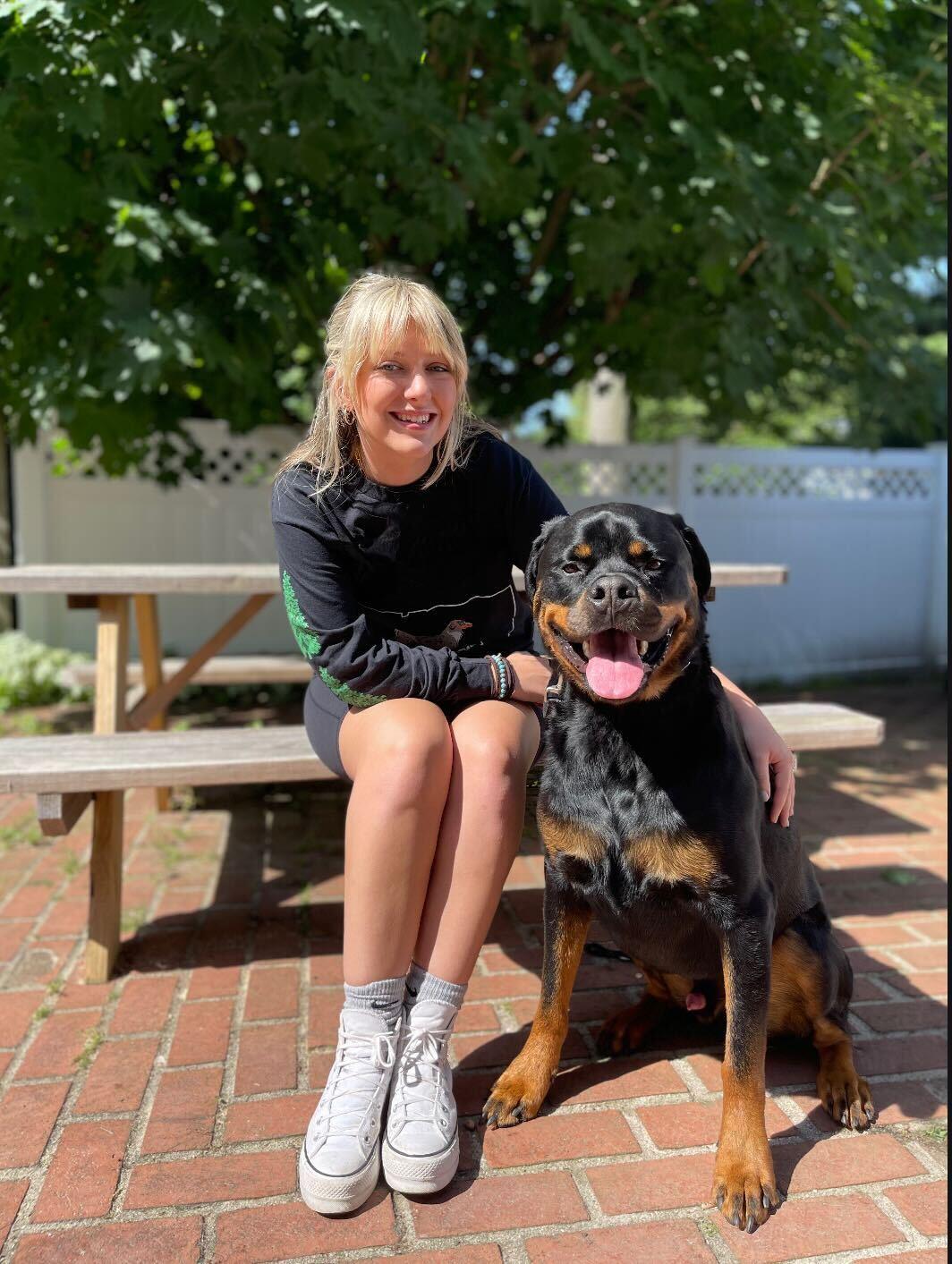Ever noticed your dog scratching away like they're auditioning for a role in a flea circus, only to find a sore when you check it out? Dog sores can be as mysterious as they are worrying, but don’t panic just yet. Before you start imagining your dog’s next vet bill skyrocketing, (for which we’ve got a solution below) let's take a closer look at what those sores might mean.
Dog sores are areas of irritated, broken, or infected skin. They can appear as red patches, bumps, scabs, or open wounds. Anything that lowers the blood supply to an area of their skin can cause these. Causes can range from bug bites to cancer. While they may not be a serious reason to worry, the underlying reason can be. Hence, it is important to know the symptoms here.
Symptoms of Dog Sores
Dog sore or skin ulcer looks like an oozing or a leaking lesion. It is usually accompanied by depigmentation, hair loss, inflammation, or redness around the affected area. The affected area may also have dried crusts on the top or be weeping. These sores may cause lethargy, loss of appetite, pain, and depression in your dog.
Causes of Skin Ulcers in Dogs
Ulcers affect the deeper layer of the skin due to the upper layer being compromised. This can be caused by multiple reasons including – (1)
Bug bites
Reaction to certain drugs
Burns
Fungal/Bacterial infection
Nutritional disorders
Hereditary disorders
Self-trauma (bacteria from the skin and the mouth infecting the open spots)
Skin infections
Tick-borne illness Rocky Mountain Spotted Fever
Skin cancer
Sores Between Dog Toes Treatment (3)
The most common cause of sores between the toes is a deep bacterial infection. Dog breeds like Chinese Shar-Peis, Labrador Retrievers, English Bulldogs, etc. are predisposed to this condition. Your vet may perform bacterial cultures to determine the proper antibiotic. A biopsy may also be needed in case of an abnormal growth.
The treatment may include an anti-biotic course for 4-6 weeks. Other ways to treat include soaking the foot in warm water, with or without an antibiotic solution added to the bath, and then applying antibiotic ointment. Not completing the entire antibiotic course can lead to long-term, recurring sores between the toes.
Skin Sores on Dogs Treatment
The treatment starts with identifying the underlying cause of the sores. Most treatments will be topical. However, in some cases, oral medications or injections may be prescribed by your vet. Irrespective of the cause, you must keep the wound clean, free of pressure and moist to ensure blood circulation in the area. This will enhance the healing process. If the underlying reason for the ulcers is cancer or burns, appropriate treatment will be recommended by your vet.
Dog Sores Under Chin Treatment
Breeds with short bristle-like chin hairs are prone to inflammation when the chin rubs on surfaces. These sores can usually be treated with topical care like medicated wipes and ointments. Your vet may even prescribe oral medications in some cases to stop the condition from progressing. In case the wound does not respond to the treatment, a bacterial culture, resident infection and an antimicrobial sensitivity test may be required.
Treatment for Pressure Sores on Dogs (2)
Pressure sores are chronic skin injuries caused by the dog’s weight continuously put on a spot of the body. These are common in long-backed and short-legged breeds. Even other breeds who repeatedly lie in one position for a long time can develop these. Other reasons for these include a cast, splint or a bandage tied too tight on the dog’s body. Senior dogs, paralyzed dogs, large breeds, and dogs recovering from an illness or with orthopedic issues are usually seen with this type of ulcer.
The treatment would depend on the severity of the wound. It would mostly include –
A topical ointment to prevent skin drying
An Elizabeth collar for your dog to prevent them from licking the wound.
Medicated wipes to keep the wound clean
Oral antibiotics in some cases.
Debriding the wound to remove dead tissues
Skin and muscle grafts to help cover exposed bone or tendon/ligaments
More About Spot Pet Insurance
While most sores can be treated at home or by minimal vet intervention, some can be due to a severe underlying medical issue like cancer. The treatment for such conditions can last for months. They may put a big dent in your savings. But irrespective of the reason being as big as cancer or a minor one like an injury, costs are going to be associated with its treatment. With pet health insurance you can save up to 90% of those costs.
Spot accident and illness plans can be used with any licensed vet in Canada or the U.S. Whether you are home, or traveling to the U.S., veterinary services your pet receives for the diagnosis, treatment, or management of covered conditions can be eligible for reimbursement. Spot’s accident and illness plans can help cover a variety of conditions including broken bones, lacerations, aggression, kidney disease, diabetes, and more. With the addition of Wellness Riders for an extra cost, you can also receive reimbursements for wellness exams, certain vaccinations, dental cleanings, and more. Learn more about dog insurance or get a free quote.

I’m Charlie: canine enthusiast with a knack for figuring out why my dog, Dallas, is more infatuated with tennis balls than me. My lifelong passion for dogs has created a dedication to help other pet parents better understands their furry family members!
Boldan, M., DVM. (2023, October 31). Skin ulcers in dogs. PetMD. https://www.petmd.com/dog/conditions/skin/skin-ulcers-dogs
Buzby, J. (2022, September 25). Pressure sores on dogs: Treatment and prevention. Dr. Buzby’s ToeGrips for Dogs. https://toegrips.com/pressure-sores-on-dogs/
Moriello, K. A. (2018, June 25). Abscesses between the toes (Interdigital furunculosis) in dogs. MSD Veterinary Manual. https://www.msdvetmanual.com/dog-owners/skin-disorders-of-dogs/abscesses-between-the-toes-interdigital-furunculosis-in-dogs












